|
The 3-Dimensional Mapping of the Magnetic Field |
|
|
Theoretical Predictions
(Click image to view enlarged version)
Figure 8: Theoretical 3-Dimensional Magnetic
Field Distribution for a circular wire at a distance of 1.5cm above the
wire
| That is, a mirror image of the
lobe could be made. The final stage of the program did the actual
calculations of the field. To test the program, the theoretical field
distribution for a circular wire was determined and is shown in Figure
8.
The C programs that were created to produce the theoretical 3-dimensional distributions are included in Appendix II along with the necessary instructions for using them. |
Experimental Measurement
| In order to measure the magnitude of the
magnetic field generated by the TMS coil, a detection coil was constructed.
In order to ensure that contributions to the total flux from all three
planes would be detected, three circular loops of copper were wound 6 times
each around a plastic bead.Each loop was placed on the bead perpendicular
to each other. That is, each loop was strategically placed in the
x, y and z planes.
Figure 9 illustrates the configuration of the pick up coil designed for this experiment. The magnetic flux through the surface of each plane in the detection coil can be described by equation 9. With the flux, we then calculate the voltage induced by the TMS coil on the detection coil. This is described by Faraday's Law on induction, as given in equation 10. |
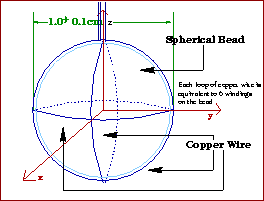
Figure 9: The magnetic field pickup sphere (SMP) |
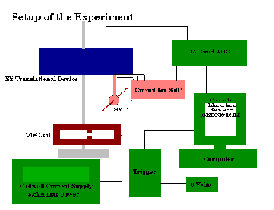
Figure 10: The general setup of the experimental
collection of data
(Click image to view enlarged version)
| This voltage is recorded by the Labmaster and was used to map the magnetic field distribution. The xy Translational Device was constructed out of a Hewlett-Packard XY plotter so that the SMP could be moved in the x and y direction in steps of 2.0mm. The three dimensional induction coil was mounted on the xy translational device so that it is suppended in space above the TMS coil. Figure 10 illustrates the schematic of the overall setup of the experiment. Figure 11 illustrates the SMP mounted onto the xy translational device. |
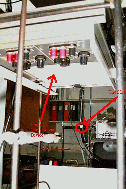
Figure 11: The SMP mounted on the xy translational device as seen in the lab. (Click image to view enlarged version) |
To control its movement, a Labmaster Digital/Analogue
converter and a 486 computer was used. Control.c was written to move
the coil in a rectangular grid matching the dimensions of the TMS coil
in steps 2.0mm in the x and y directions. Once control.c had moved
the detection coil to the desired position, the TMS coil was triggered
to emit a magnetic pulse and the induced current on the SMP was inputted
into a circuit which consisted of a half wave rectifier and an integrator
as shown in Figure 12. (control.c is included in Appendix
II) Three circuits of the type shown is Figure 12 were
required since there are three pick up coils for the x, y, and z components
on the SMP. Initially, the signal was seen on an oscilloscope with
the use of a single coil loop. Figure 13 depicts an illustration
of the signal seen. The peak to peak voltage is 50 +/- 1 mV and the
period is 200 +/- 2 |
|
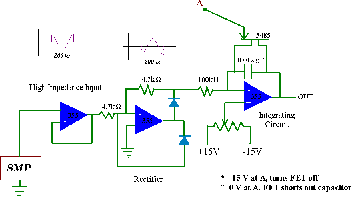
Figure 12: The circuit used for the collection of data from the SMP. (Click image to view enlarged version) |
|
| This signal was then sent to the ADC of the Labmaster which was recorded by the computer. A suitable interval time was chosen so that for each measurement of one point, it allowed for latent fields to dissipate from the system before moving onto the next point. The time interval between measurements was determined to be 1.0 +/- 0.2s. The peak current flowing through the coil was 3.6kA (Specified by the Manufacturer - Cadwell) and it flowed in opposite directions and in phase in the two lobes. The experimental measurements were taken at 50 +/- 5% of the maximum power output of the Cadwell Stimulator. |
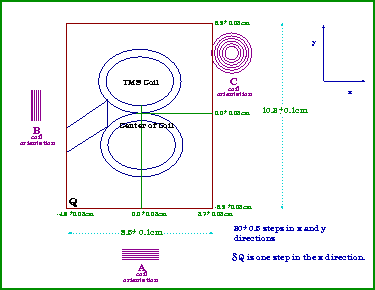 |
The designation of the x, y and z
coordinate was chosen as shown in Figure 14. The x component of the
magnetic field was measured by the coil on the SMP in configuration A.
The y component was measured by the coil in configuration B and the z component
is measured by the coil in configuration C. This was arbitrarily
set by the experimenter. The measuring procedure started with the
SMP positioned at point Q. The SMP then traversed in the y direction then
reset to a point A proper scaling of the step sizes was then completed. In order to accomplish this, a pen was placed in place of the SMP and the position of the SMP for each step was mapped out on paper which corresponded to the TMS position. Once this was known, the position of the SMP (in centimeters) was determined by re-scaling the step sizes to the actual dimensions of the coil. The center of the TMS coil is shown in Figure 14 by the cross was designated as the origin (0cm, 0cm). |